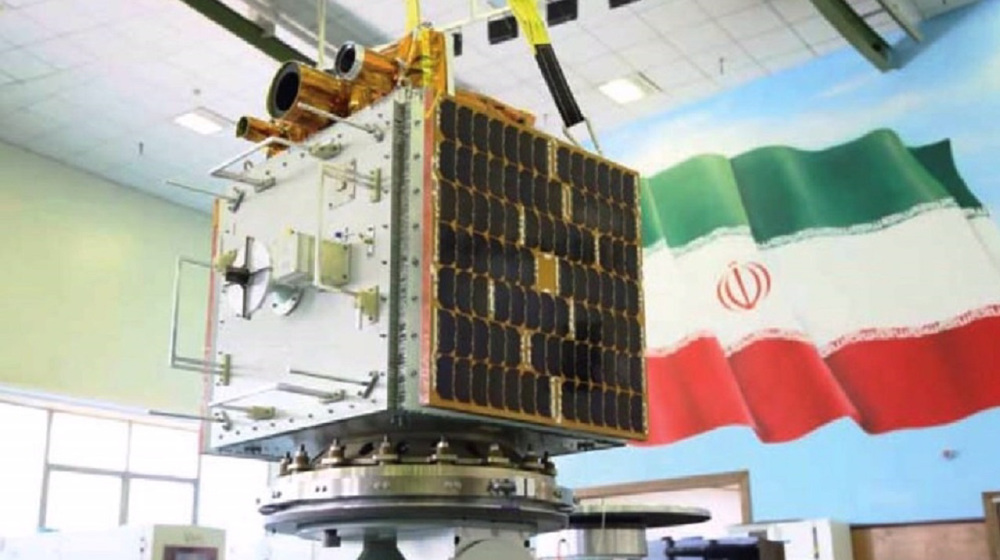NASA tests biggest, most powerful rocket booster ever made
NASA has tested the biggest and most powerful rocket ever made, the SLS booster, in the western US state of Utah.
On Tuesday, crowds gathered to watch the testing of NASA’s Space Launch System’s (SLS) key component in the Utah desert.

During the test, temperatures inside the rocket reached almost 6,000 degrees Fahrenheit (3,316 °C).
“Today's test is the pinnacle of years of hard work by the NASA team, Orbital ATK and commercial partners across the country,” said John Honeycutt, SLS Program manager at NASA's Marshall Space Flight Center in Huntsville, Alabama.
The booster’s test was the last before the SLS’s initial unmanned test flight with NASA's Orion spacecraft scheduled for 2018 as part of the agency’s Mars mission.

“This final qualification test of the booster system shows real progress in the development of the Space Launch System,” said William Gerstenmaier, the associate administrator for the Human Exploration and Operations Mission Directorate at NASA Headquarters in Washington.
“Seeing this test today, and experiencing the sound and feel of approximately 3.6 million pounds of thrust, helps us appreciate the progress we're making to advance human exploration and open new frontiers for science and technology missions in deep space,” he added.
The US National Aeronautics and Space Administration plans to send the first manned mission to Mars in the 2030s, and is currently trying to upgrade its space launch systems and Orion Spacecraft in a manner that they will be capable of transporting passengers to the red planet.
Iran’s iron and steel exports up 27% y/y in Apr-Dec
Sudan is scene of 'horror and hell': UN rights chief
Scottish leader vows another independence vote if his party wins in May
Israeli forces, settlers burn homes, shut schools in attacks across West Bank
Intelligence Ministry: 300 ringleaders of foreign-backed riots arrested across Iran
Iran begins easing bans on global internet
Pezeshkian: Any attack against Leader ‘full-fledged’ war with Iranian nation
VIDEO | 30 tons per capita: Gaza faces rubble crisis









 This makes it easy to access the Press TV website
This makes it easy to access the Press TV website